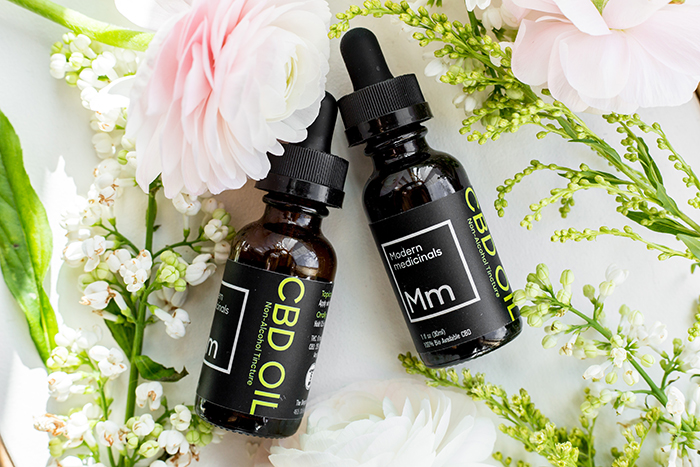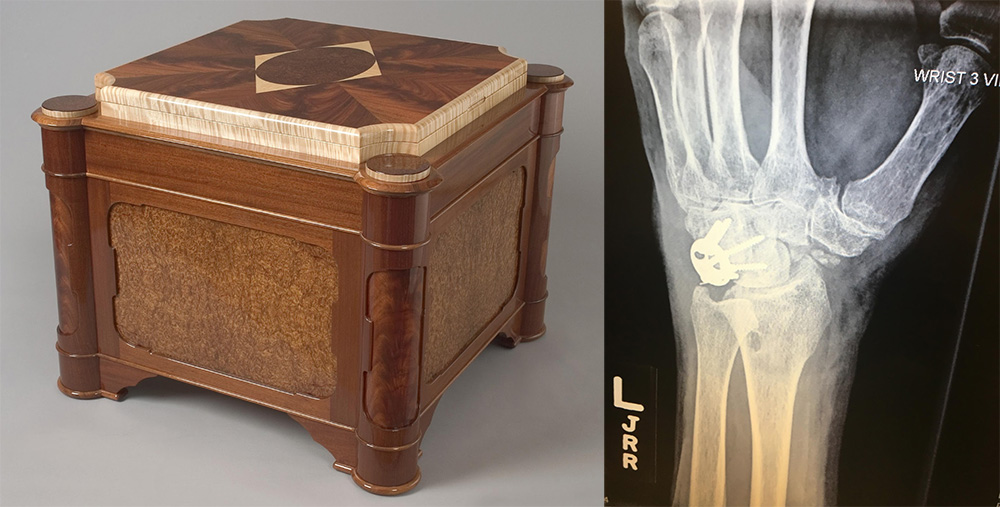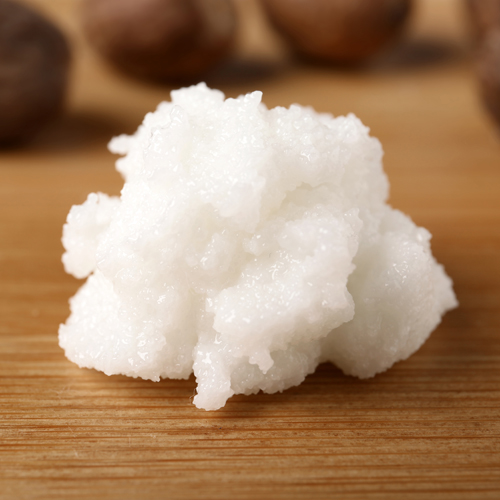
CBD OIL results published!
March 21, 2019
Can CBD help with arthritis?
April 13, 2019A common question is, “Why is bioavailability so important?”
Along with, “I am looking at two bottles. Yours has 250mg of bioavailable CBD and this other has 650mg of CBD.” *
The short answer: there is a direct, important relationship between effectiveness and bioavailable CBD molecules.
Nutrients that are bioavailable are easy for your body to utilize. Differences in formulation and process greatly affect bioavailability.
THCA and CBDA are the forms of the cannabinoid molecules that are used by plant biology. These forms are too “big” for human use. Size makes a difference. Think about how many daily-ingested products are modified from their raw state so we can benefit from the nutrition in those products. Cooking helps break down these too big molecules, (an aside fermentation does, too). If those nutrients are fat-soluble or water-soluble will determine availability. Cannabinoids are fat-soluble. Using an oil delivery system, with the smaller size of the molecule, makes them more available.
Other factors, we are all familiar with are
1. Age. As we age our metabolism slows, digesting is slowed and absorption is not as complete.
2. General health. A balanced diet full of bioavailable nutrients, along with exercise. How many times have we heard those simple recommendations? Nutrients are the lubricants of our biological systems. Remember the immovable state the Tin Man was in until Dorothy applied some bioavailable oil…
Bioavailability depends on the route of administration. Intravenous, directly into the blood stream, is considered to be 100% absorbed. Of course, we are not recommending injecting. The safe and easy way is to let the CBD OIL completely dissolve under the tongue or in between lip and gum. Because of the high permeability and the rich blood supply, the sublingual route is direct, it impacts the body quicker than oral consumption thus, maintaining higher availability.
While the factors mentioned above can impact the CBD bioavailability of sublingual consumption (most involving the quality of CBD) this route is still significantly higher than oral consumption.
Gastrointestinal absorption is not the only impediment, there are many metabolic reactions encountered that reduce and dilute. Not to mention the extended time factor for absorption, if any.
For example: CBD edibles, with an overly optimistic bioavailability rate of 10% (90% or more is remediated by ingestion and the liver), 50 mg of a 500 mg dose of CBD might enter your bloodstream, and at $50, you’d be paying $1 per milligram of CBD.
From a heath and economic choice, taking in a product with 100% bioavailable CBD molecules are 90% more absorbed and 90% less expensive.
*That comparison between the 250 mg bioavailable CBD product and the 650 CBD product becomes clear. At a 10% hopeful absorption rate, the 650 mg product is not so attractive.




